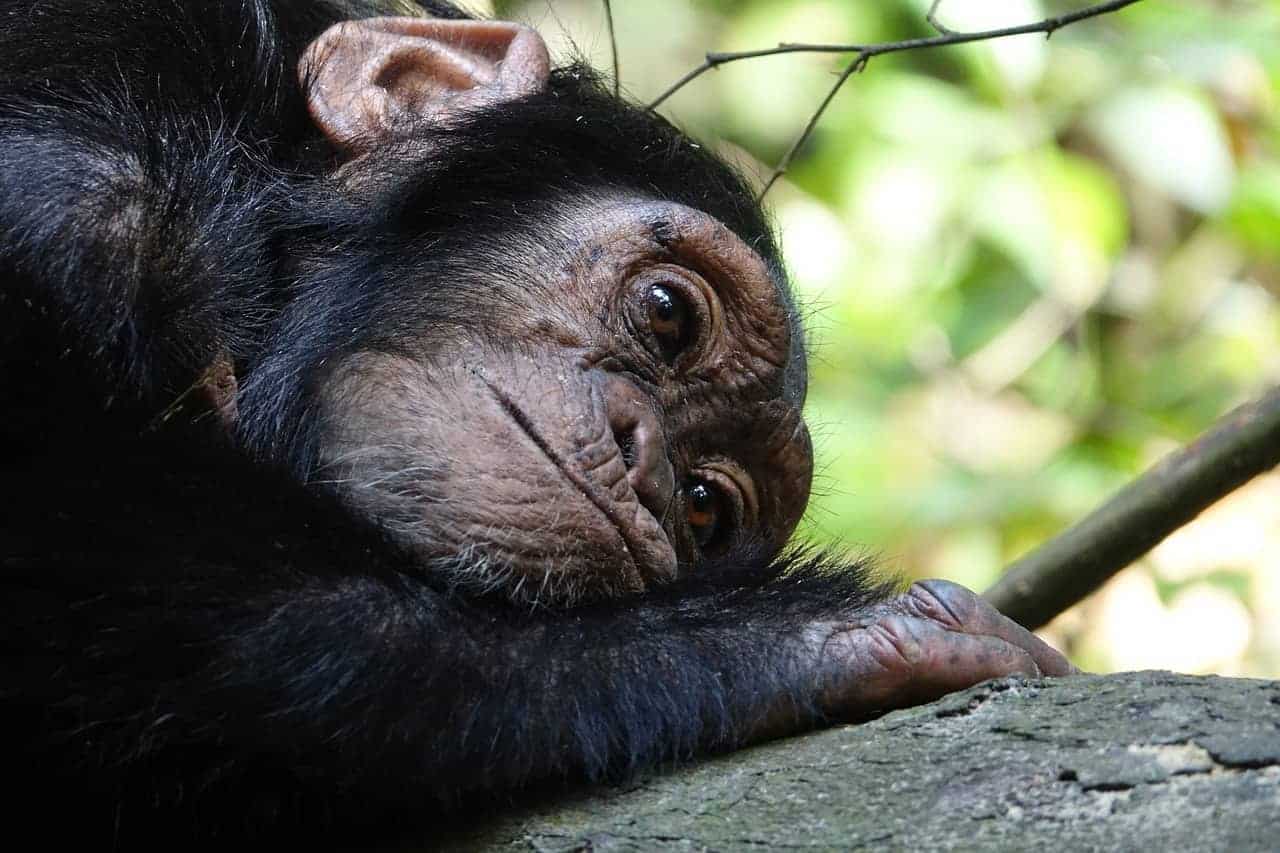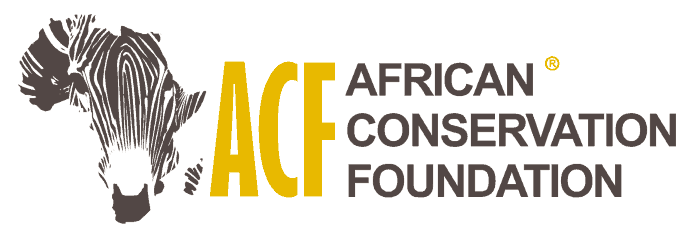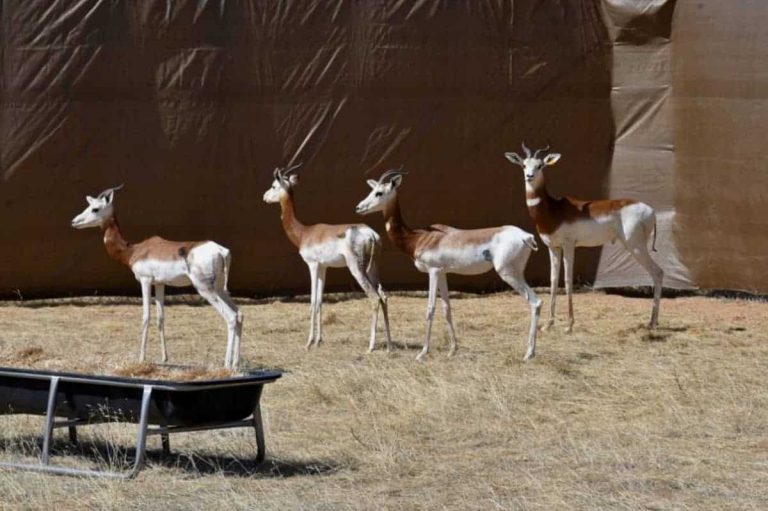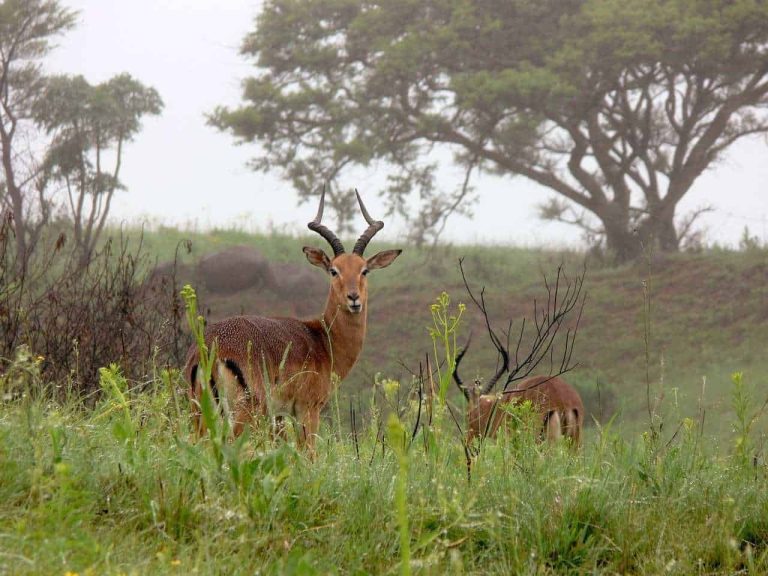Chimpanzees adjust communication to fill another’s knowledge gap

Adjusting communication to take into account information available to one’s audience is routine in humans but has been assumed absent in other animals. This assumption may be premature. Scientists Catherine Crockford and Roman Wittig from the Max Planck Institute for Evolutionary Anthropology in Leipzig and Klaus Zuberbühler from the University of Neuchatel show that wild chimpanzees from the Budongo Forest, Uganda, inform others of danger based on whether receivers can or cannot know about the danger. This research shows that animal communication is more complex than previously thought possible.
Humans routinely adjust communication to take into account information that they know is available to their audience, an ability assumed to be absent in other animals. This assumption may be premature. Recent studies show changes in primate alarm signaling to threats according to receivers’ risk. “A major confound in assessing animal mind reading capacity, however, has been eliminating the possibility of subjects reading the behavior rather than the minds of the others”, says Catherine Crockford of the Max Planck Institute for Evolutionary Anthropology. “Here, we overcome this confound by using a new experiment with a call played from a loud speaker to simulate the receiver. This means that there is no possibility for behavioural cues, other than the call itself.”
The researchers designed experiments to exclude concurrent reading of receivers’ behavior by simulating receivers using pre-recorded calls of other group members. Specifically, they tested whether wild chimpanzees emitted differing signals in response to a snake model when simulated receivers previously emitted either snake-related calls (indicating knowledge), or acoustically similar non-snake related calls (indicating ignorance). “As chimpanzees walked along a path they first heard the playback of a chimpanzee call and then as they continued to walk along the path, they saw a snake model”, says Crockford. “The playback was either a call associated with snakes, indicating the caller was aware of the snake, or a similar call not associated with snakes, indicating the caller was not aware of the snake.”
Crockford, Wittig and Zuberbühler found that chimpanzees changed their behavior at the snake depending on the call type that they had heard some seconds earlier. They found that chimpanzees not only monitored receivers’ awareness of a threat but also changed their communication depending on the receivers’ awareness of the threat.
The researchers conclude, chimpanzees are aware enough of another’s perspective to target information towards ignorant group members, suggesting the integration of signaling and socio-cognition systems was already emerging in early hominoid lineages, before the advent of more language-specific features, such as syntax. Crockford says: “Our results demonstrate that chimpanzees have achieved a crucial step within the evolution of language previously thought to be absent in all non-human communication – to fill another’s knowledge-gap.”
Source:
Max Planck Institute






